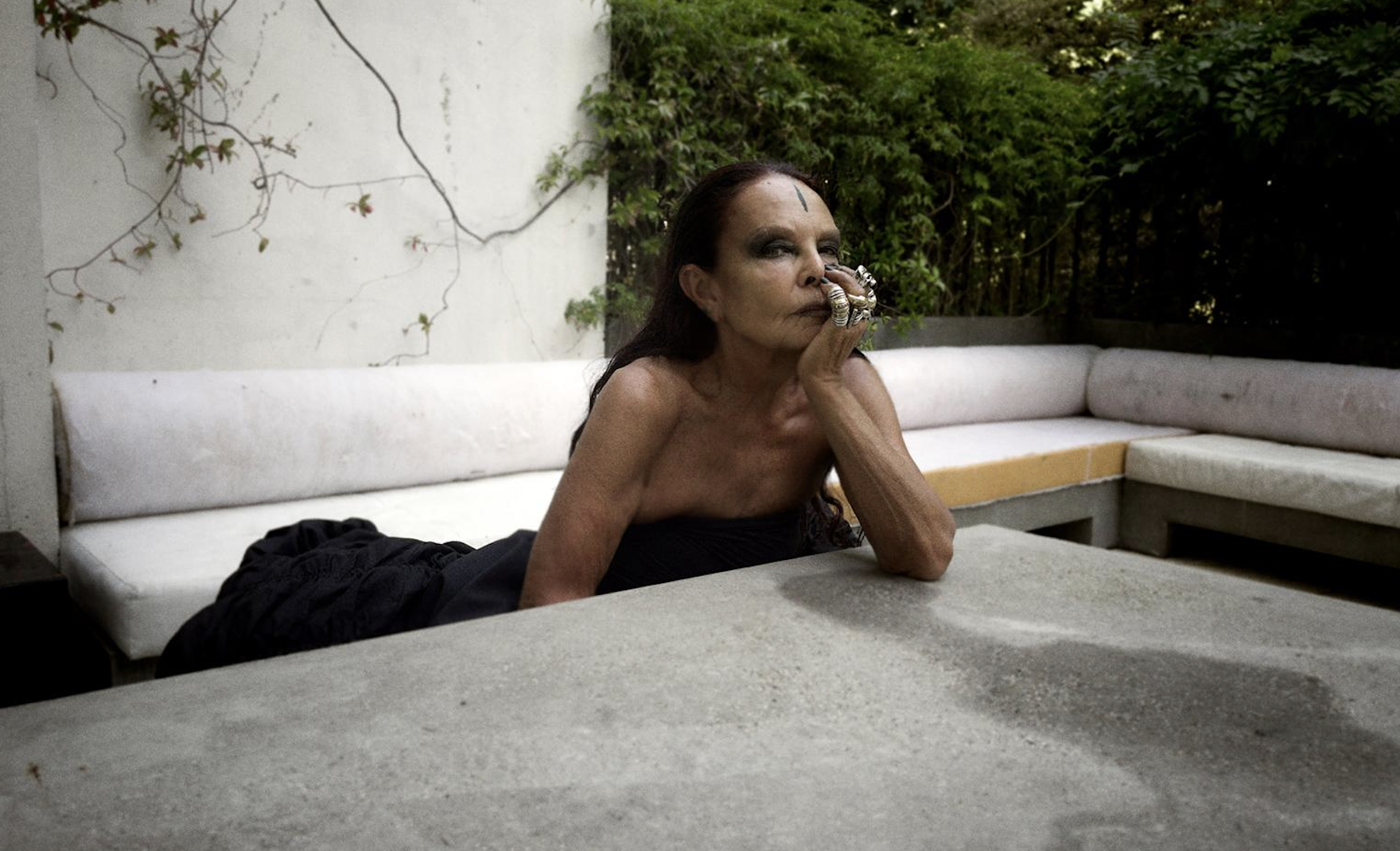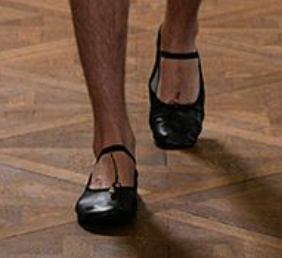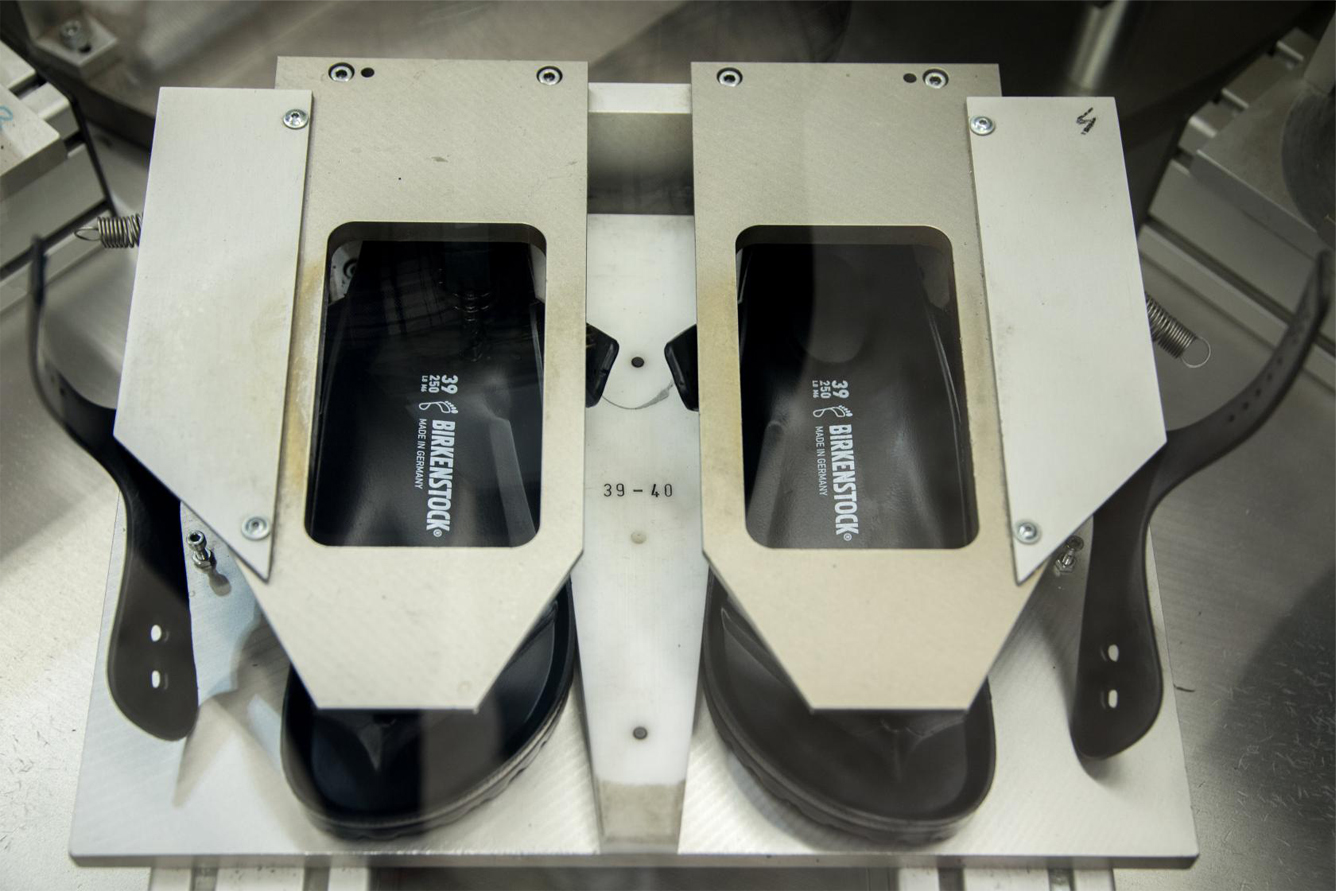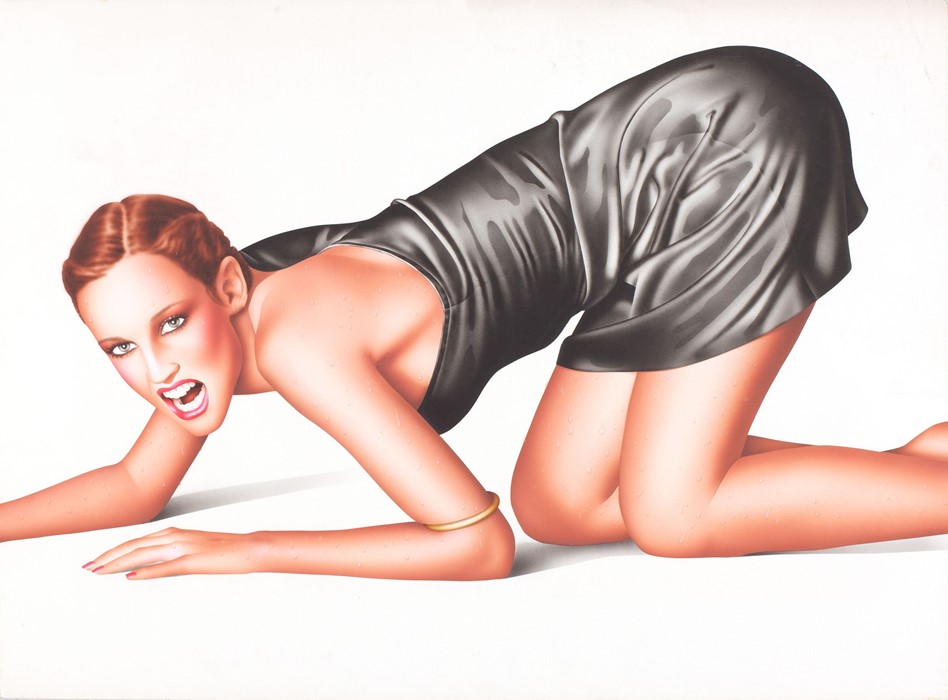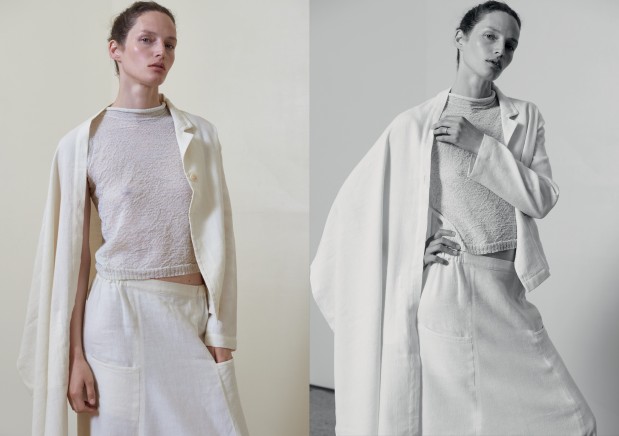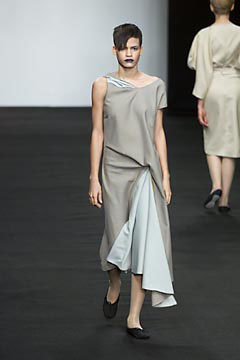The Porter


Behind the boast to ‘Make America Great Again’ is a flag-waving, wall-building myth of national purity. Yet our cultural exchanges are digital and multiple; designers are sharing references that both defy borders and undermine constitutional hoopla. In fashion, we all know the classic American look is lean, clean and athletic. Yet what does American fashion really look like? Does it resemble the architectural clarity of Claire McCardell’s clothes from the 1930s? The sensual rigour of Halston circa 1970 or maybe it brings the athletic swagger of Tommy Hilfiger around 1997 to mind? London is youthful, Milan is shiny, Paris is expensive, but New York? ‘When you think about the fashion landscape and the fashion capitals, America is very young country,’ Bruce Pask, the Men’s Fashion Director at Bergdorf Goodman says. ‘We are sort of the brash upstarts. From Calvin and Ralph to Donna - the three pillars of American fashion if you like - we originated with the idea of casualwear. I think that’s what a lot of people look to as being sort of, quote, unquote, “American.” We clearly do it really well.’
![]()
And Pask should know. For more than two decades, he has had a watchful eye over the changing attitudes to men’s fashion and style, first whilst at GQ between 1990-2000. It was an extraordinary period when traditional media began to explore the possibilities of the web: ‘I’ve watched the evolution of menswear grow exponentially since I first started and it has been very gradual.’ After leaving the magazine he worked freelance and went on to design costumes for The Oscars, The Kennedy Center Honors and two Broadway shows whilst styling a host of iconic portraits lensed by Annie Leibovitz for Vanity Fair.
Over this time, the business of fashion itself has changed radically, yet ironically we’re today in the midst of a 90s revival. Raf Simons’ highly anticipated Calvin Klein debut, unveiled last month, was dripping in the sharp sexiness of Helmut Lang c. 1996. ‘The nineties were a very big fashion moment. Fashion felt utterly vital,’ Pask says. ‘I remember really needing that contrast-sleeve, wide-shouldered jacket. Maybe that has to do with building up who you are - and that’s the same for young people today. It is funny to see those proportions returning.’
In 2006, Stefano Tonchi invited Pask to join him at The New York Times T Magazine, where he served as Men’s Fashion Director for 8 years. ‘I hired him because I had always admired his sense of style and I needed somebody that had a very strong American sensibility,’ Tonchi says. ‘Just take the way he dresses himself from the bandanas and the denim, to the workwear, these all-American garments are a part of his own personality and his attitude. Bruce loves Americana. This idea of American style is so important to him.’
Pask grew up in the spiky desert landscape of Arizona and went on to study art history in leafier surroundings at The College of William & Mary in Virginia. His education was very much an aesthetic one. ‘The Official Preppy Handbook was hugely influential! We were really fascinated by it because it felt very “other,”’ he says. ‘Being out in the desert, this idea of a very East Coast, historic kind of wardrobe was utterly fascinating to me.’ Moving away from the rugged insouciance of his immediate environment, Pask embraced the more patrician wardrobe codes of the East. ‘I’ve always had a very pragmatic, practical nature tempered by this other interest in creativity and beauty and art,’ he says of his own approach.
‘Coming back to New York, I think that there’s maybe an element of formality…more than the West.’ America is a vast country with very disparate influences and environments meaning that American fashion is far more than just what is seen on the streets of New York City. ‘Parsons, Pratt, FIT - the New York design community - isn’t the same as what’s happening on the West Coast, which I think is really burgeoning,’ Pask says. ‘Living in California is markedly different to life here. Their access to amazing factories with cotton jersey and denim production means that they have really perfected product that speaks to this more relaxed lifestyle’ – a measured laissez-faire, shaped by a sunnier climate and proximity to nature. ‘John Elliot and Chris Stamp of STAMPD are two very young voices in that sphere of West Coast influence that I think is having greater impact on the idea of American design today.’
Both designers embody a spirit of independence that speaks to our entrepreneurial times. A time where businesses are started around thick wooden benches in coffee shops and ideas are shared with millions of people with just the tap of a screen. ‘John Elliot has made great use of the factories he has worked with. He is very inspired by product and his inspirations initially were cotton jersey, which put him on the map – creating high design hoodies and track pants in a very considered way,’ Pask says. ‘The fit was very new to that genre and he focused his attention on that, creating a designed interpretation of casualwear. In general, I think we’ve become much more relaxed about the versatility of our wardrobes.’ STAMPD founded in LA in 2009, also embodies what Pask calls this ‘aspiration for relaxation.’ Its slightly laid back, athletically influenced style reflects modern life. ‘These are not skate shops selling hoodies; these are guys who have really rigorous aesthetics and I think that’s fascinating. It’s not weekend clothing, this is clothing for a fashion customer.’
Perhaps the greatest development Pask has witnessed over his venerated career has been the advance in men’s attitudes to dressing. It has been prompted, he thinks, by the increased channels of communication. ‘Men have so many reference points and so much instruction that I think it has emboldened them to make choices. Pitti Uomo used to be a very kind of insular environment that men’s buyers and editors would attend, but when Scott Schuman and Tommy Ton began photographing it, as soon as that kind of information became available to the broader population, more people became curious and interested.’
Pask now works for one of New York’s oldest and most respected department stores. ‘Being at Bergdorf Goodman is incredibly satisfying because for me it seems like the utter completion of a circle,’ he says. ‘Coming from a magazine background I understand how helpful and informative it can be to show looks put together. Our goal is to inform and inspire – it’s taking what can be a very two-dimensional editorial point of view and expanding it into a three dimensional environment. It’s sort of like a magazine being brought to life.’










